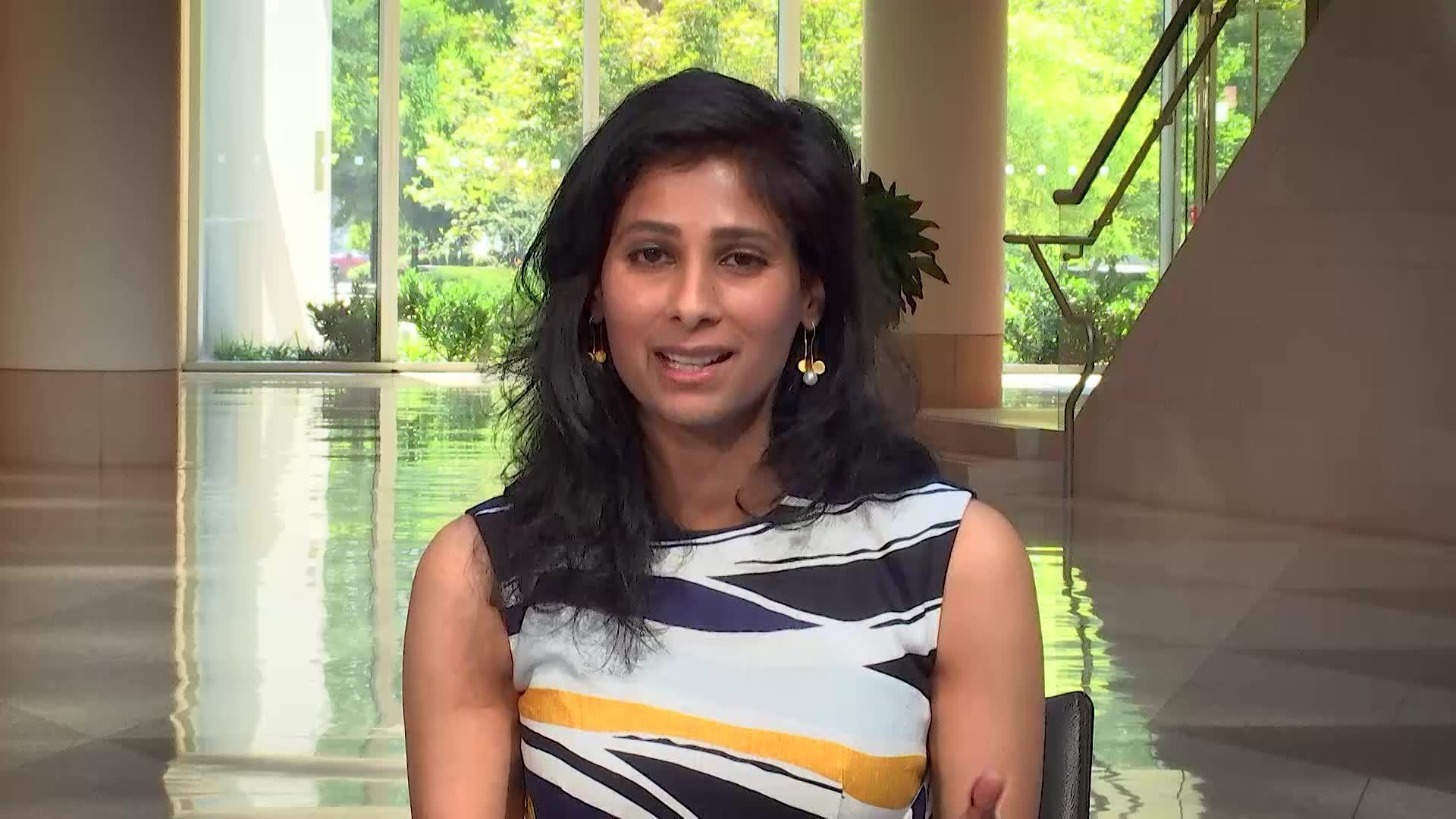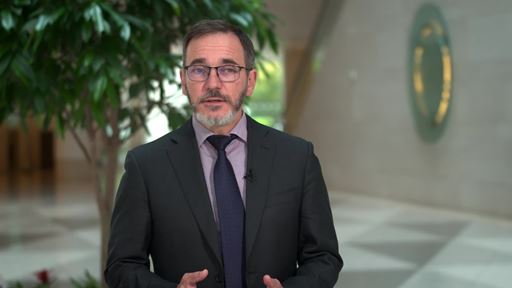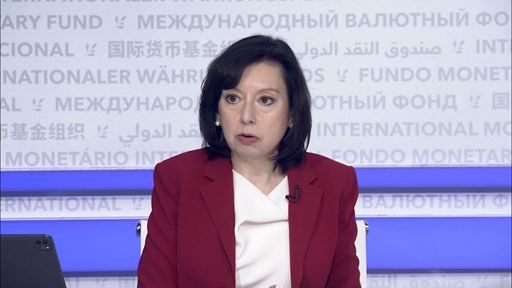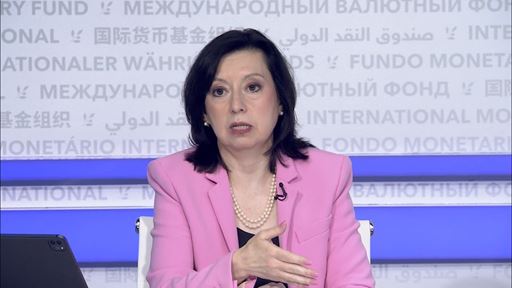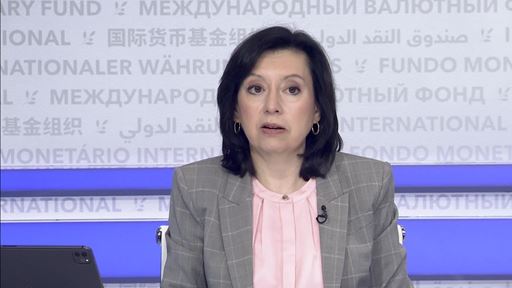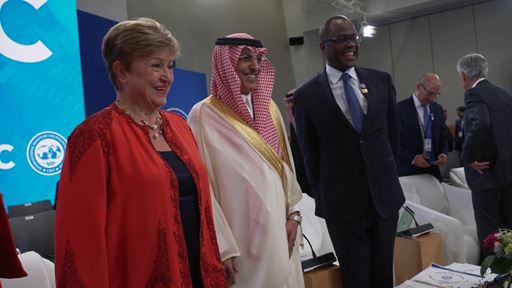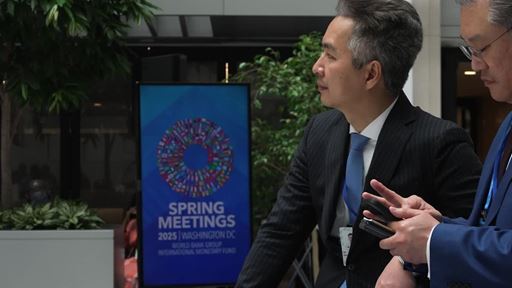Global growth is strong, but divides are growing between advanced and developing countries largely due the slow rolling out vaccines in many countries and the spread of the Delta variant mutation to COVID-19 the IMF says in its latest quarterly update to the World Economic Outlook report (July 27).
Although the total global growth forecast remains at 6% this year, that masks changes in the individual prospects, said IMF chief economist Gita Gopinath in a virtual news conference.
“In terms of the divergences, that is one of the main messages of this WEO update, which is that while the global economy in terms of growth is projected at six percent, which is unchanged from April, the composition has changed. We have an upgrade for advanced economies, offset entirely by downgrade for emerging and developing economies. And that is the big concern because it was already diverging and that is exacerbated in this period. It's a reflection of some very big fault lines that are growing, which is one: unequal access to vaccinations. The second is that fiscal support is much easier to maintain in advanced economies, which have easy access to financing. But on the other hand, for many developing countries, it's either already over and they're pulling back. And again, in terms of risks that come with food price inflation, inflation in general, that's leading interest rates. So these are very important divides that are widening.”
Markets are very focused on inflation, but while prices particularly of food are impacting emerging and developing markets, they seem to have the tools for now to deal with the situation said Gopinath.
“Well, just broadly comment on the phenomenon of inflation for emerging markets and developing economies. Well, we are seeing for several of those economies is that because of a combination of factors, including their currency weakening, we are seeing some very high inflation readings. And several of these countries have actually started raising interest rates because of the concern that these inflation pressures could become persistent. And this is a concern. So I would make a distinction between emerging and developing economies and a lot of advanced economies where, again, in advanced economies you are seeing inflationary pressures. But in emerging and developing economies, we are seeing the show up and markets are expecting that interest rates will go up actually much faster than in then in the advanced economies.”
The IMF sees US inflation as a risk, but currently the baseline view is that rising prices are a result of supply and demand mismatches rather than fundamentals, Gopinath said.
“Our inflation forecast for the US are to have, you know, a high inflation reading this year around four percent, but then by the end of next year, we expect core PC - core personal consumption expenditure inflation to come down to around two and a half percent. So our baseline is very much the case where we expect a lot of the inflation pressures to be transitory and then to return to much more normal ranges next year. In terms of what would be concerning, it would be if the case were if we saw medium term inflation expectations de-anchoring. So if they were moving kind of durably away from the Fed's two percent target and moving away in a way that we haven't seen before, then that would indeed give absolutely, you know, pause for concern, because that would be the sign that what we're seeing right now is no longer transitory, but it could show up in more persistent inflation because it's going to entail wage contracts is going to enter pricing contracts and so on.”
A full copy of the report can be found at IMF.org/WEO

